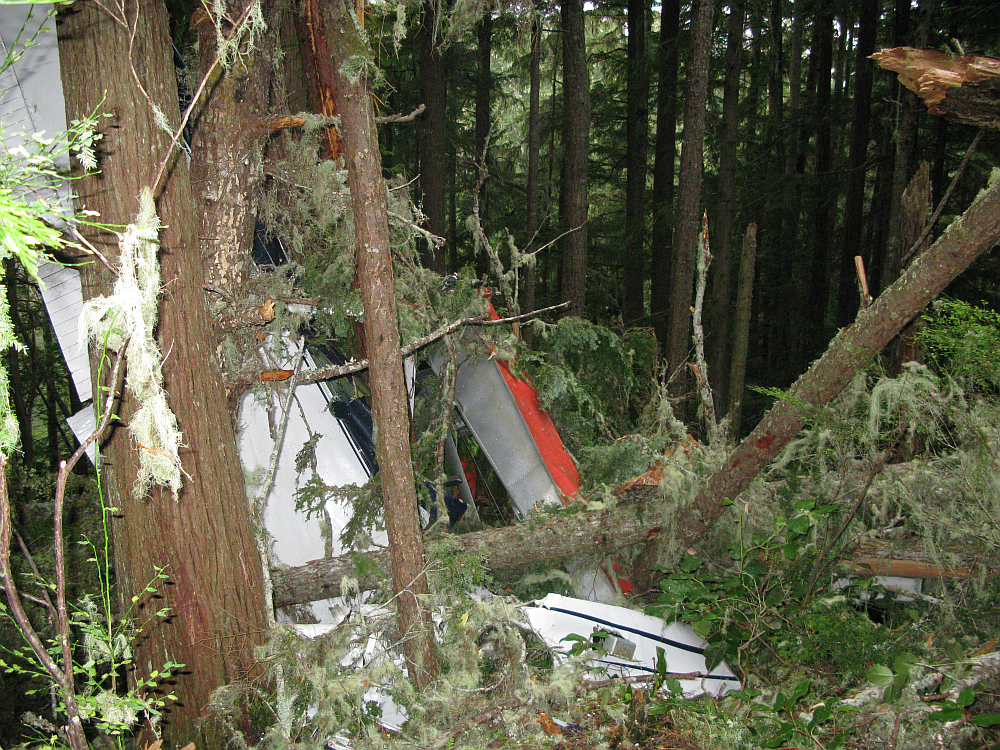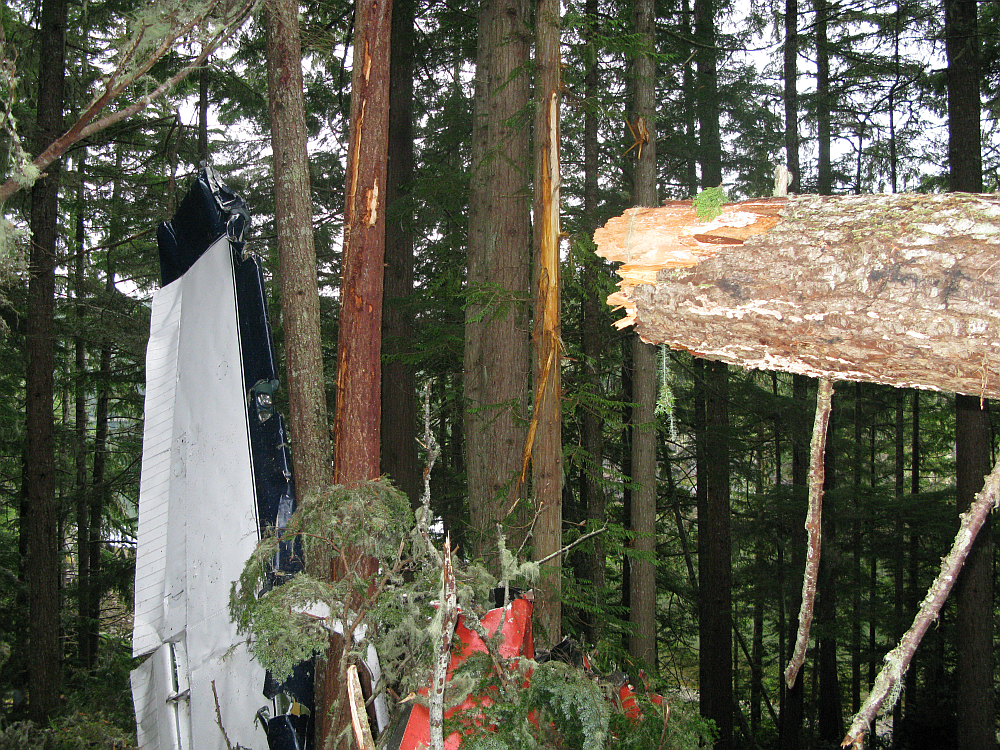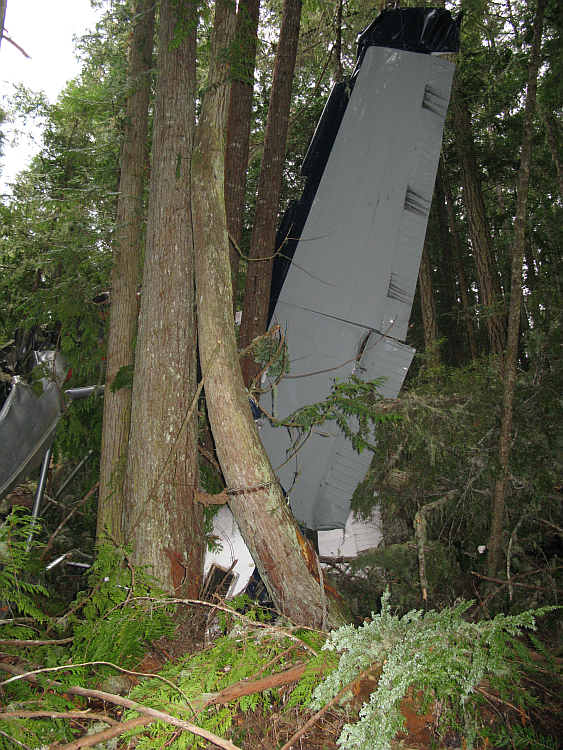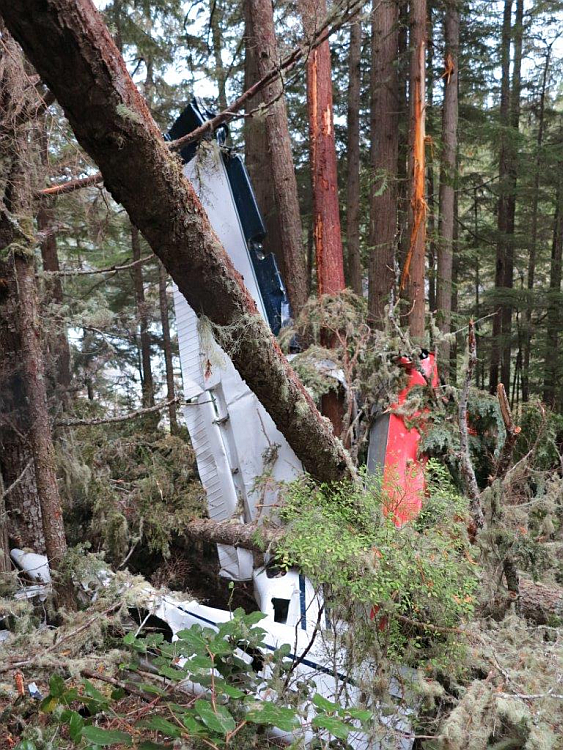Aerodynamic stall – Collision with terrain
CBE Construction Ltd.
Cessna C-185E, C-FQGZ
West Cracroft Island, British Columbia
The occurrence
On 24 October 2013, at 1121 Pacific Daylight Time, a CBE Construction Ltd. Cessna C-185E seaplane (registration C-FQGZ, serial number 18501691) departed Port McNeill, British Columbia, water aerodrome with a pilot and 2 passengers on board for a charter flight to West Cracroft Island, British Columbia. At 1140, while manœuvring for landing on water, the aircraft departed from controlled flight and collided with terrain at an elevation of 27 feet above sea level on a small island in Potts Lagoon, West Cracroft Island. There was no fire. The aircraft was destroyed and the 3 occupants were fatally injured. No transmission was heard from the emergency locator transmitter.
Media materials
News release
Unknown aircraft performance contributed to 2013 float plane accident in Port McNeill, British Columbia
Read the news release
Deployment notice
Transportation Safety Board of Canada deploys a team of investigators to a float plane accident in the vicinity of Alert Bay, British Columbia
Richmond, British Columbia, 24 October 2013 — The Transportation Safety Board of Canada (TSB) has deployed a team of investigators to the site of a fatal aviation accident involving a commercially operated Cessna 185 float plane in the vicinity of Alert Bay, British Columbia. The TSB will gather information and assess the occurrence.
Investigation information
Download high-resolution photos from the TSB Flickr page.
Class of investigation
This is a class 3 investigation. These investigations analyze a small number of safety issues, and may result in recommendations. Class 3 investigations are generally completed within 450 days. For more information, see the Policy on Occurrence Classification.
TSB investigation process
There are 3 phases to a TSB investigation
- Field phase: a team of investigators examines the occurrence site and wreckage, interviews witnesses and collects pertinent information.
- Examination and analysis phase: the TSB reviews pertinent records, tests components of the wreckage in the lab, determines the sequence of events and identifies safety deficiencies. When safety deficiencies are suspected or confirmed, the TSB advises the appropriate authority without waiting until publication of the final report.
- Report phase: a confidential draft report is approved by the Board and sent to persons and corporations who are directly concerned by the report. They then have the opportunity to dispute or correct information they believe to be incorrect. The Board considers all representations before approving the final report, which is subsequently released to the public.
For more information, see our Investigation process page.
The TSB is an independent agency that investigates air, marine, pipeline, and rail transportation occurrences. Its sole aim is the advancement of transportation safety. It is not the function of the Board to assign fault or determine civil or criminal liability.



